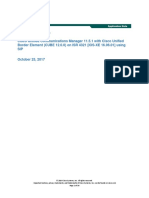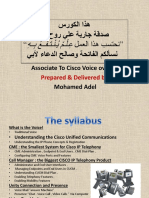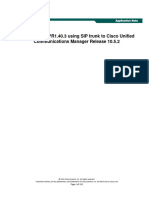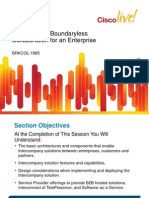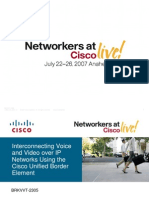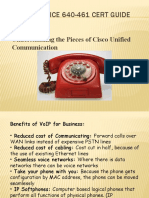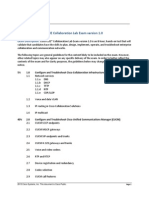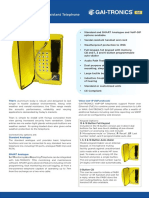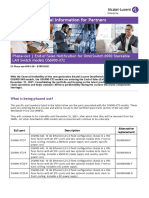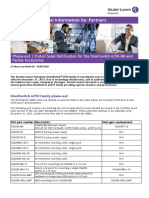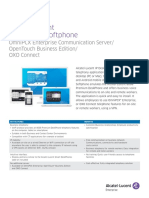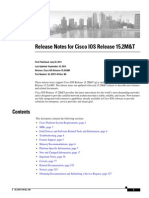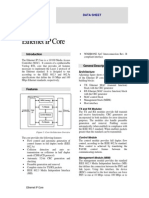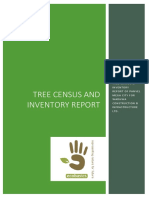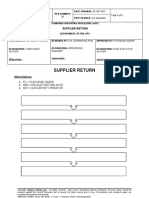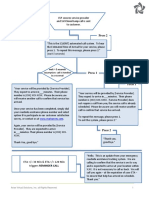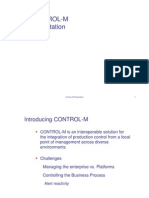0% found this document useful (0 votes)
79 views33 pagesIntegra Cisco Unified Com Manager Via The Cube
Uploaded by
Moises ReznikCopyright
© © All Rights Reserved
We take content rights seriously. If you suspect this is your content, claim it here.
Available Formats
Download as PDF, TXT or read online on Scribd
0% found this document useful (0 votes)
79 views33 pagesIntegra Cisco Unified Com Manager Via The Cube
Uploaded by
Moises ReznikCopyright
© © All Rights Reserved
We take content rights seriously. If you suspect this is your content, claim it here.
Available Formats
Download as PDF, TXT or read online on Scribd
/ 33

